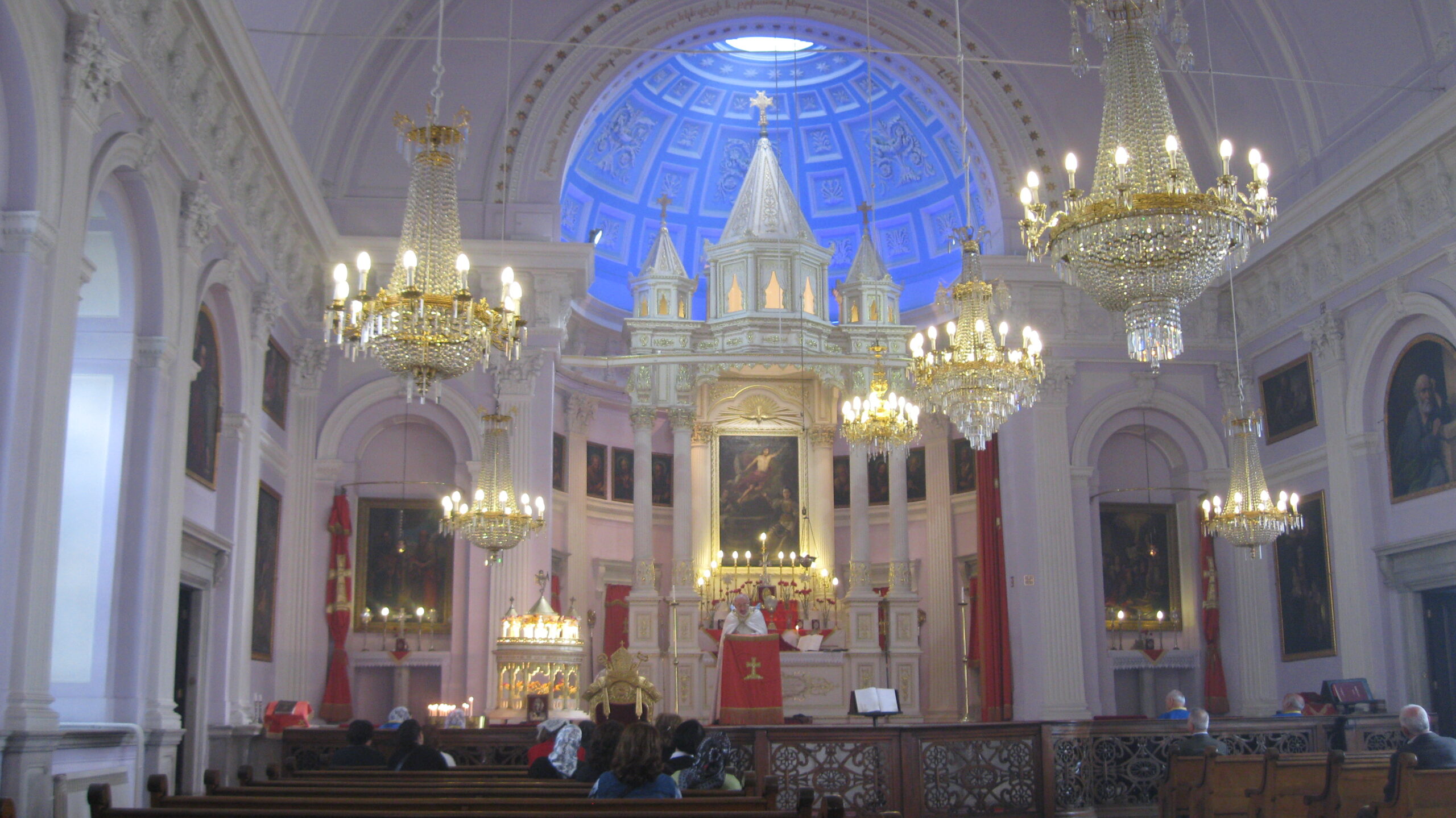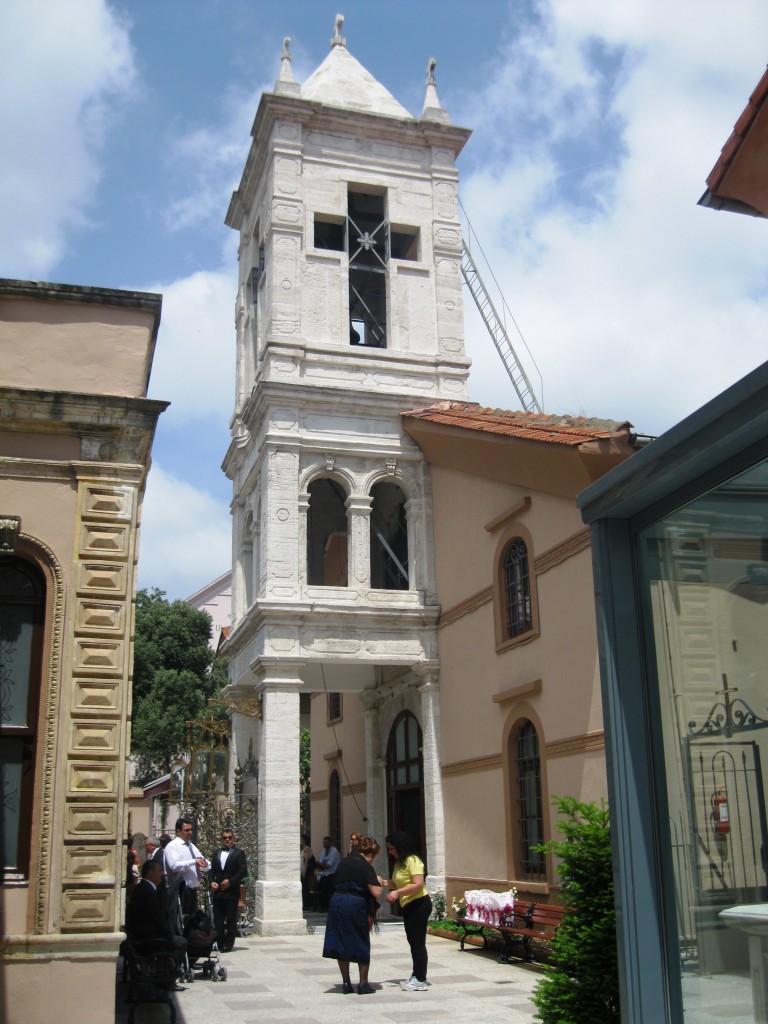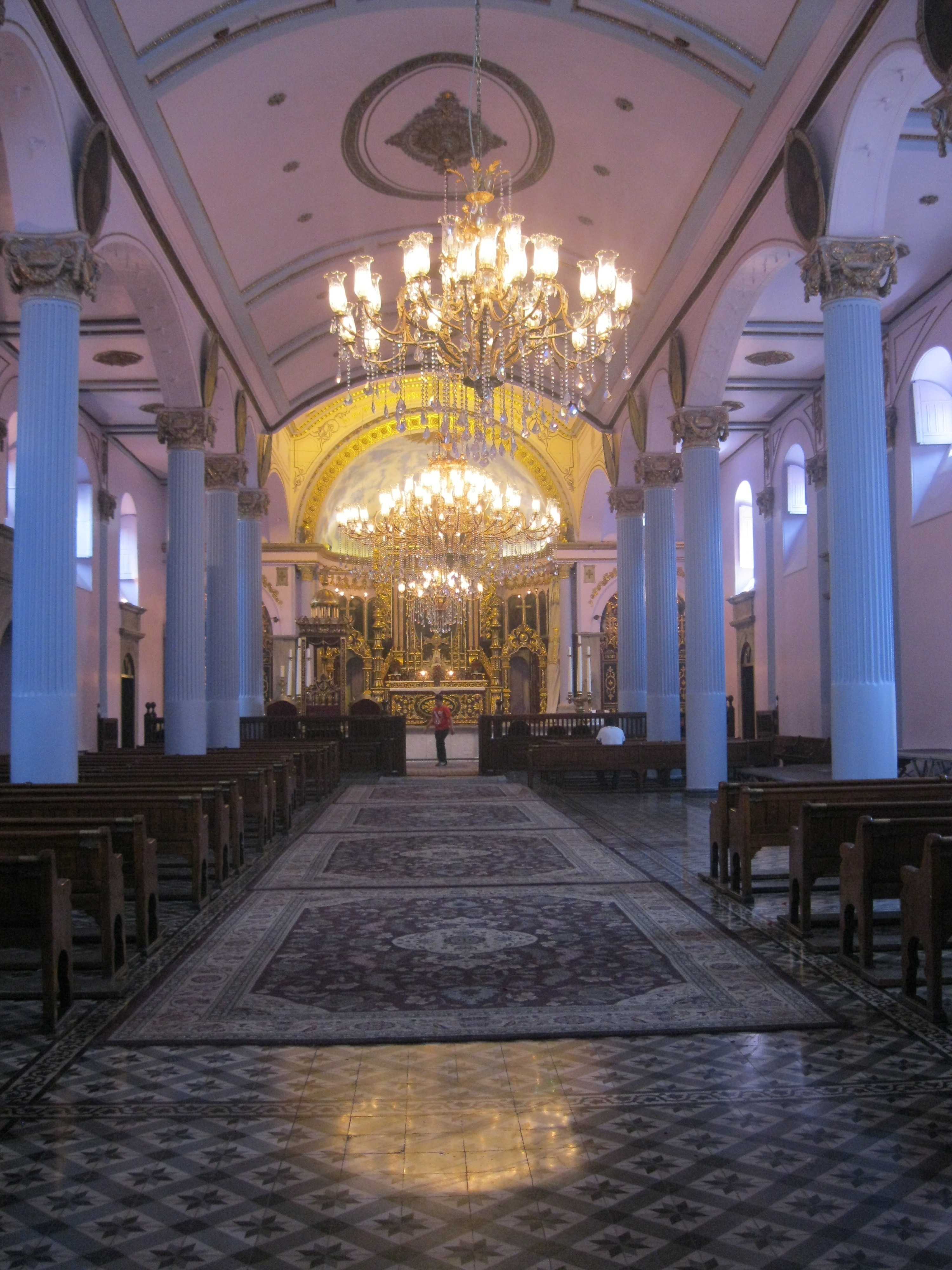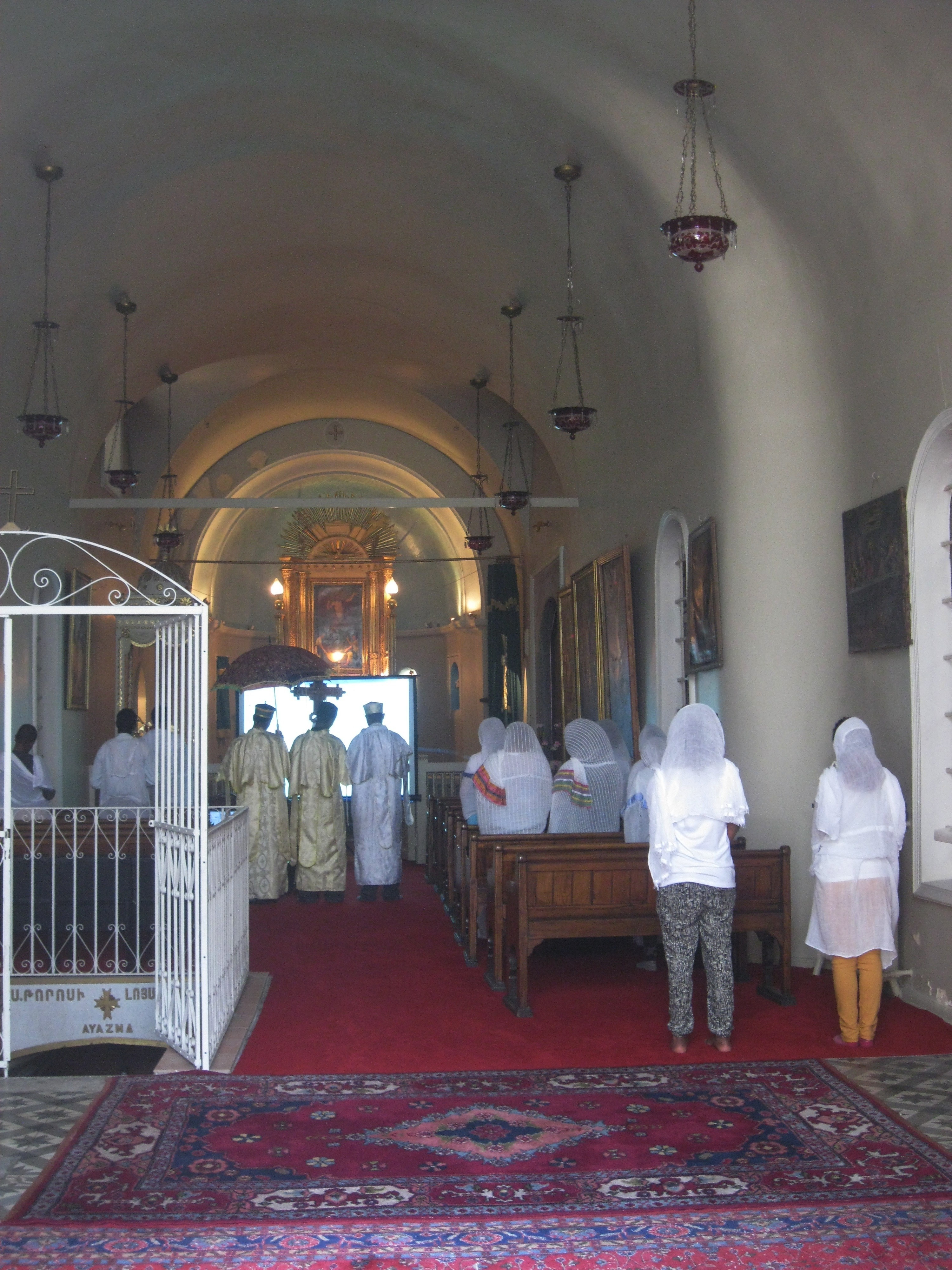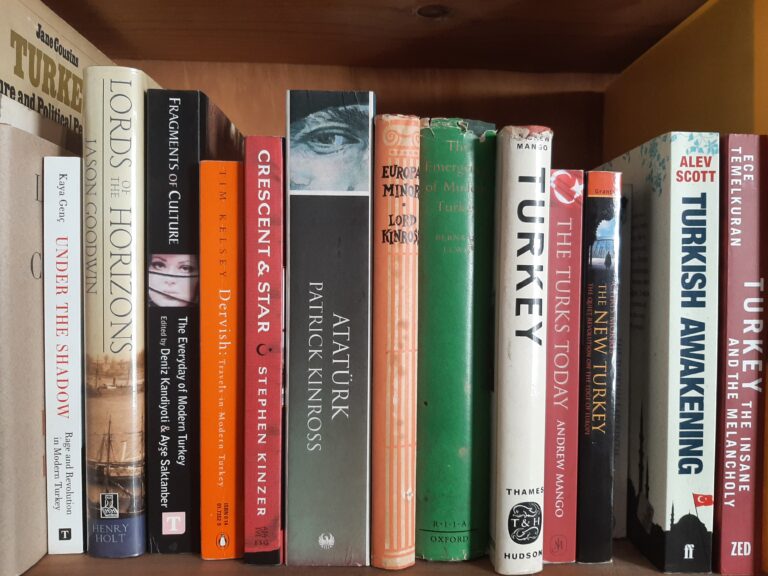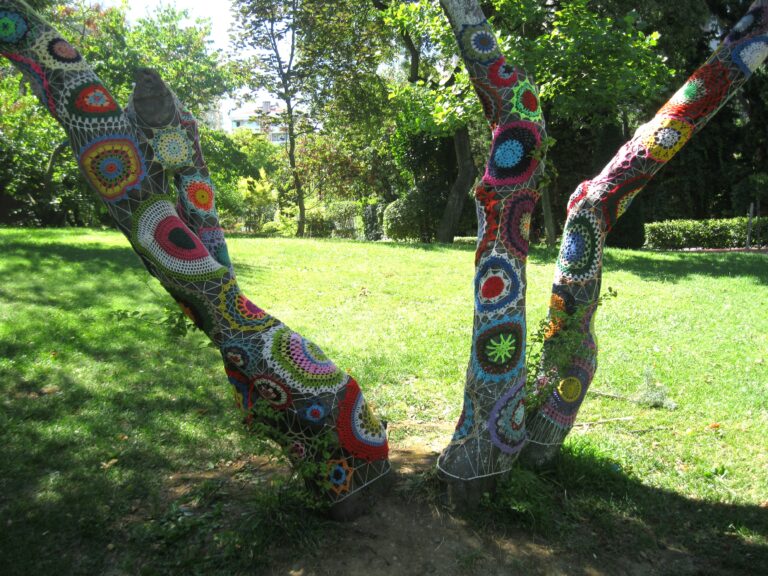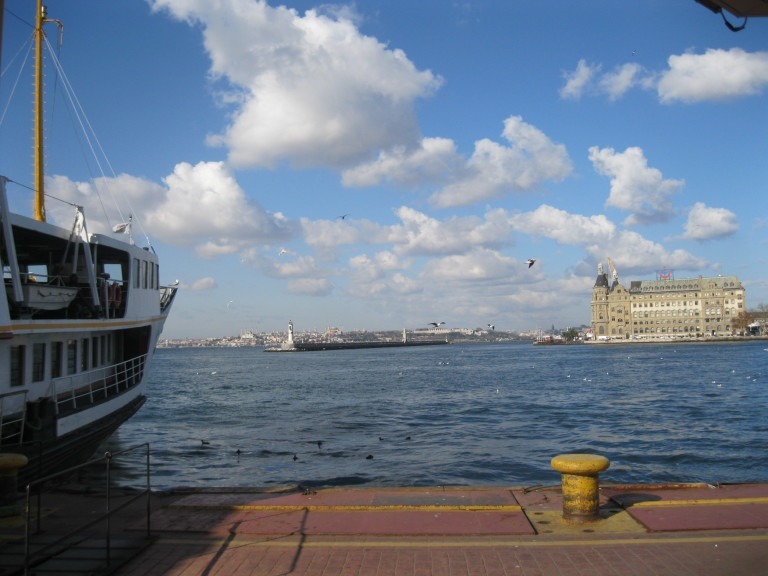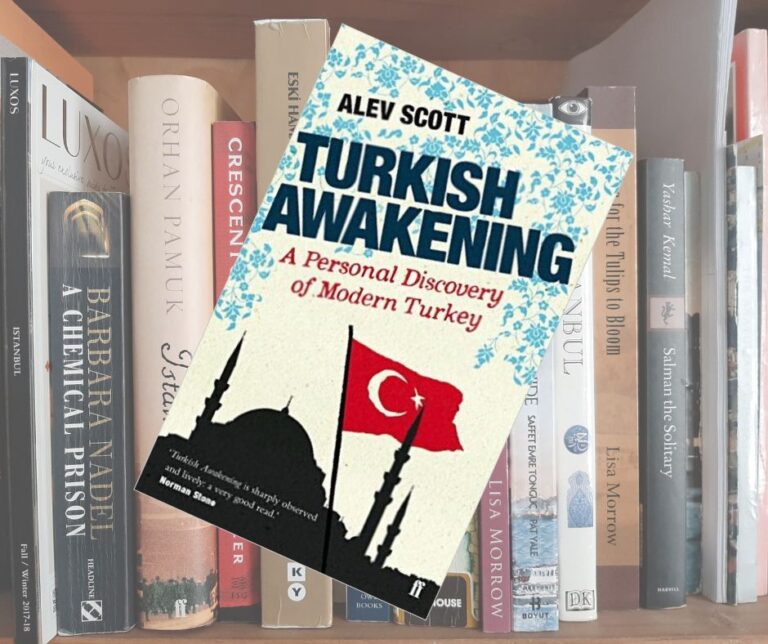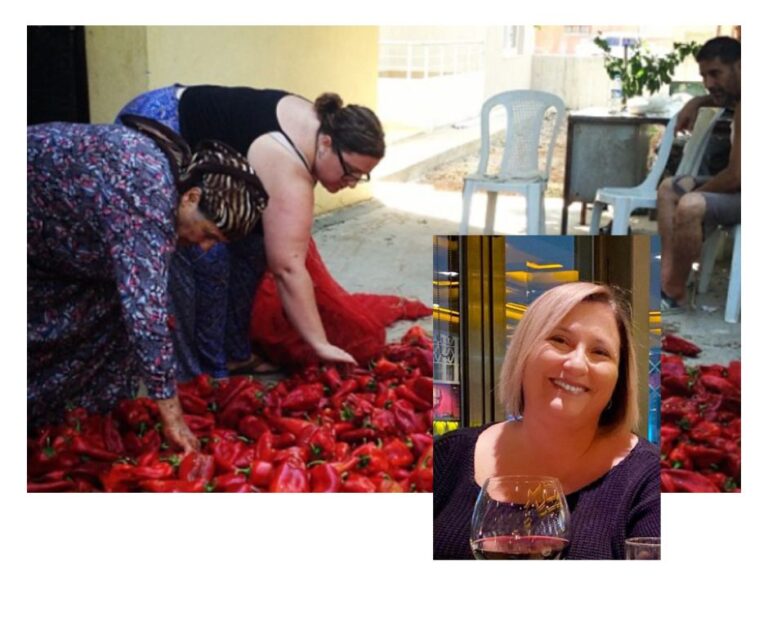Istanbul Armenian Churches
At least once a month I set off to explore Istanbul’s lesser known streets and sights. Armed with a vague plan to see at least one specific place, I often come across unexpected delights. The day I headed to Nısancı Mahallesi with my husband and two friends, was no exception. This time I discovered an unexpected wealth of Istanbul Armenian churches. The first sight to catch our eye was the grand, two storey wooden Armenian Patriarchate building tucked down a backstreet of a poor and ramshackle neighbourhood.
Naturally, as the most important of the Istanbul Armenian churches, an impressive complex has been built around this structure. It houses the Holy Asdvadzadzin (Virgin Mary) Armenian Church, two smaller churches and a large hall, home to the Mesrob Mutafyan Culture Center. Next to the church complex is the private Bezciyan Armenian School.
During Ottoman times the Armenian community was granted land in Samatya to build the Armenian Patriarchate, but in 1641 this Istanbul Armenian church moved to Kumkapı, opposite the site of the Surp Vortvots Vorodman Church. The name of this church translates as “The Children of the Thunder” and this place of worship dates back to Byzantine times. The basement crypt also contains a small ayazma (holy spring) dedicated to St. Theodore. If you ask nicely the janitor cum security man will open the grating and let you see it.
The Virgin Mary church has been damaged and restored many times in its history. On 6th of July 1718 it was said there was a big fire that lasted thirty hours and as the result of it fifty thousand houses were damaged and fifteen people died.
The rebuilt church was blessed in 1719 and started to be known as Main Church. Holy Asdvadzadzin Church was actually planned as three churches next to each other. The South church was blessed as Holy Hagop (now known as Holy Vortvots Vorodman) and the North as Holy Sarkis (also known as the outside church). The main Istanbul Armenian church was again badly damaged on the 17th of May, in 1762. The church was repaired in 1764 by the help of the Archbishop Hagop Nalyan (1706-1764) who was a famous theologian and a poet and his dear friend the Grand Vizier Koca Ragıp Pasa (1669-1763).
Despite further fires this Istanbul Armenian church has been in continuous active use since 1828. Its present state is the work of Krikor Amira Balyan, of the eminent Balyan family of architects. The majority of the congregation are Turkish born Armenians but the church authorities have generously opened their hearts and space to Istanbul’s Ethiopian community, who worship here once a week.
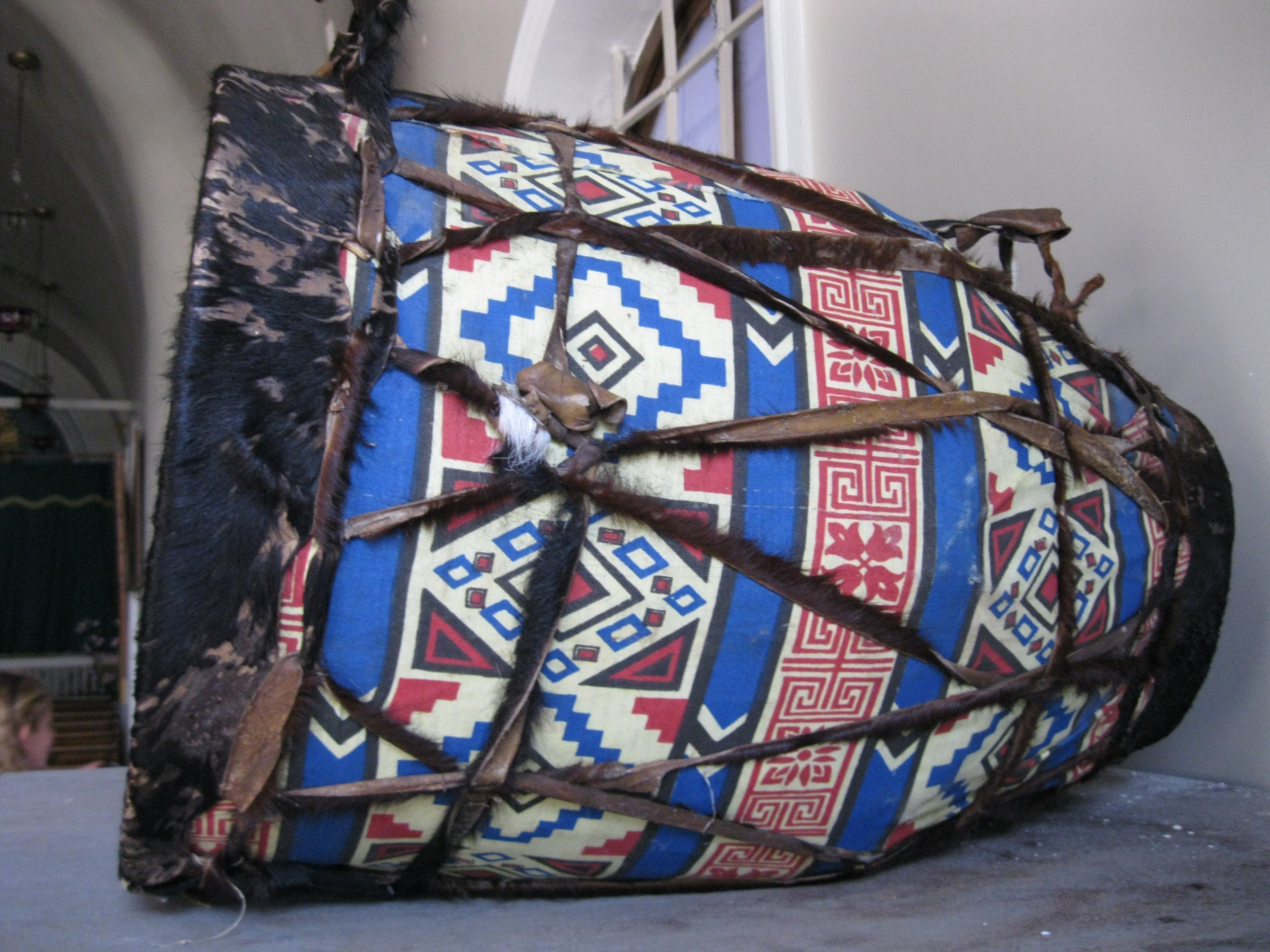
Deciding to head back up the hill to Sultanahmet we were led astray by the sound of the most glorious singing. From the ‘Hallelujah’ chorus we heard we thought it sounded like an evangelical service, but none of us thought it possible. However, turning a corner we stumbled on the back entry of another Istanbul Armenian church, the Gedik Paşa Ermeni Icil Kilesi, which is indeed an evangelical church.
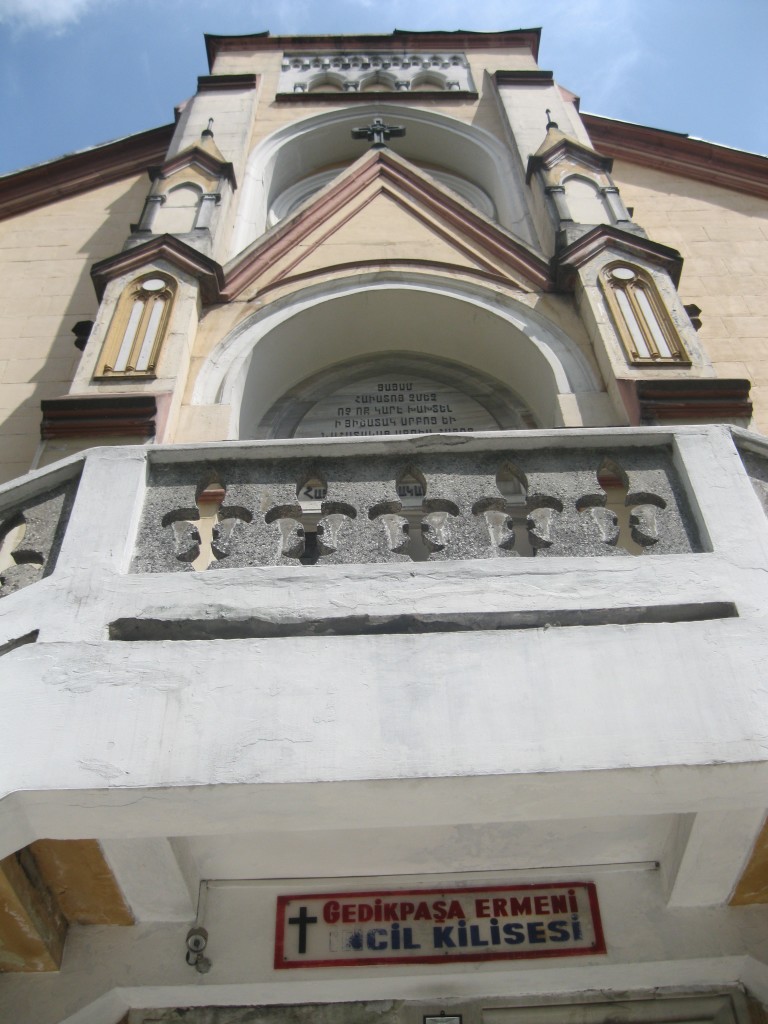
Once inside we were invited to take a pew, and stood amongst a congregation of worshippers, singing with arms held aloft, swaying in religious ecstasy as they worshipped their god. Built by American missionaries as a wooden structure in 1830, this Istanbul Armenian church was opened on July, 1846. In 1880, the church’s current plot of land was bought. Due to difficulties in obtaining a construction permit, and the outbreak of the First World War, the current church was only opened in 1921. We stayed for about half an hour until the heat drove us outside. Standing at the entry way deciding what to do next we were greeted by an elder of the congregation. In Turkish spoken with a marked accent, he asked if I would be interested in having some DVDs about the history of this Istanbul Armenian church and the good works of god. When I told him I wasn’t a believer he wasn’t offended. In fact he laughed joyfully and went on to espouse his view that inflexible religious beliefs result in war. “Bang, bang, bang” he said with a big smile on his face, before dashing inside to get two DVDs which he pressed into my hands.
This post only covers a fraction of the Istanbul Armenian churches in Istanbul. There are many other structures belonging to the various minorities living in Istanbul too. You can read about them in Istanbul Churches, Monasteries & Schools.
**************************************
Want to see these Istanbul Armenian churches for yourself? Here are my helpful tips for planning your trip to Istanbul and Turkey.
For FLIGHTS I like to use Kiwi.com.
Don’t pay extra for an E-VISA. Here’s my post on everything to know before you take off.
However E-SIM are the way to go to stay connected with a local phone number and mobile data on the go. Airalo is easy to use and affordable.
Even if I never claim on it, I always take out TRAVEL INSURANCE. I recommend Visitors Coverage.
I’m a big advocate of public transport, but know it’s not suitable for everyone all the time. When I need to be picked up from or get to Istanbul Airport or Sabiha Gokcen Airport, I use one of these GetYourGuide website AIRPORT TRANSFERS.
ACCOMMODATION: When I want to find a place to stay I use Booking.com.
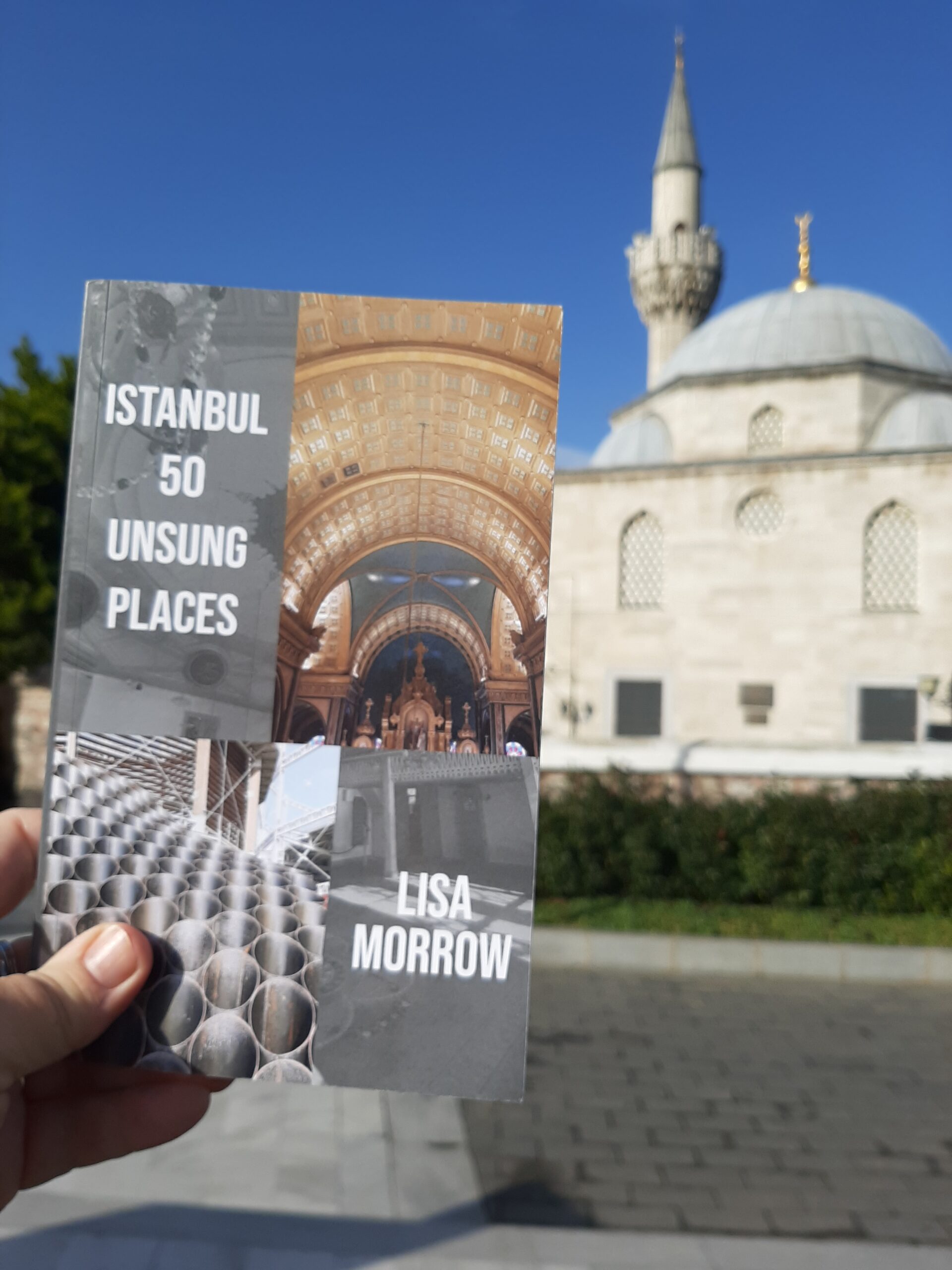
CITY TOURS & DAY TRIPS: Let me guide you around Kadikoy with my audio walking tour Stepping back through Chalcedon or venture further afield with my bespoke guidebook Istanbul 50 Unsung Places. I know you’ll love visiting the lesser-known sites I’ve included. It’s based on using public transport as much as possible so you won’t be adding too much to your carbon footprint. Then read about what you’ve seen and experienced in my three essay collections and memoir about moving to Istanbul permanently.
Browse the GetYourGuide website or Viator to find even more ways to experience Istanbul and Turkey with food tours, visits to the old city, evening Bosphorus cruises and more!
However you travel, stay safe and have fun! Iyi yolculuklar.
